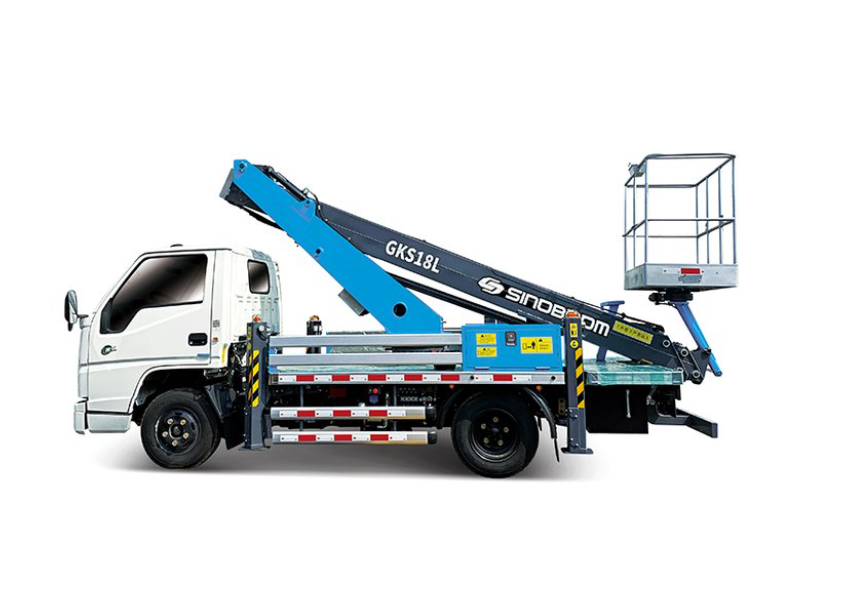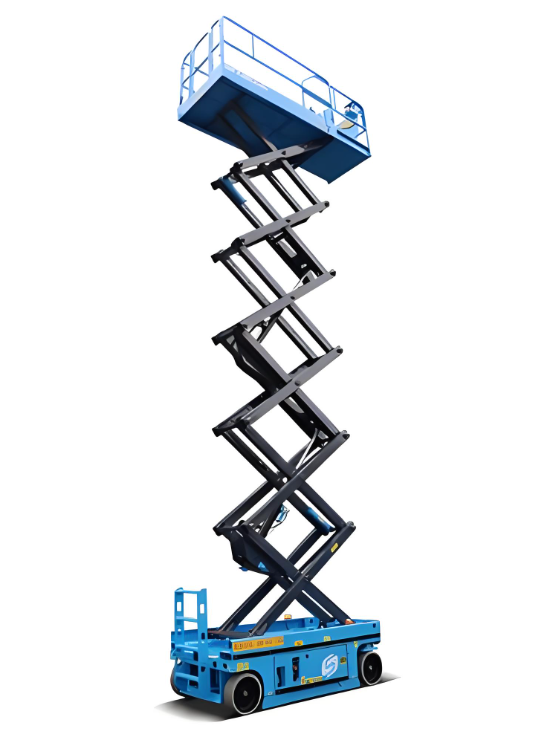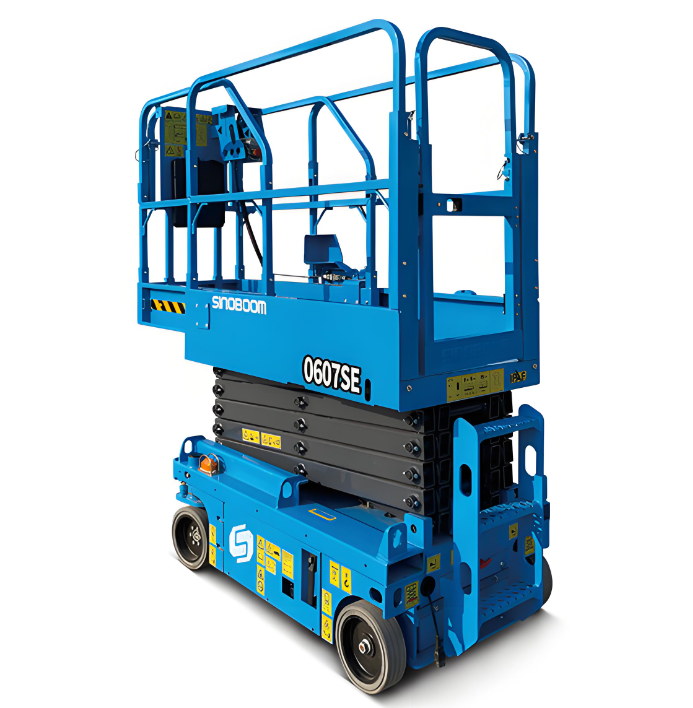forklift wheel lift
A forklift wheel lift is an innovative engineering solution designed to enhance the maintenance and repair operations of forklifts by providing safe and efficient access to the vehicle's wheels and undercarriage. This specialized equipment allows technicians to elevate the forklift securely, enabling them to perform essential maintenance tasks, wheel replacements, and repairs with greater ease and safety. The system typically consists of a robust hydraulic or mechanical lifting mechanism capable of supporting the substantial weight of various forklift models. Its design incorporates multiple safety features, including automatic locking mechanisms, stabilizing supports, and precise lifting controls. The wheel lift can be adjusted to accommodate different forklift sizes and configurations, making it a versatile tool for maintenance facilities. Advanced models feature ergonomic controls, smooth operation mechanisms, and durable construction materials that ensure longevity and reliable performance. The equipment is engineered to meet strict safety standards and regulatory requirements, providing peace of mind for both operators and facility managers.



